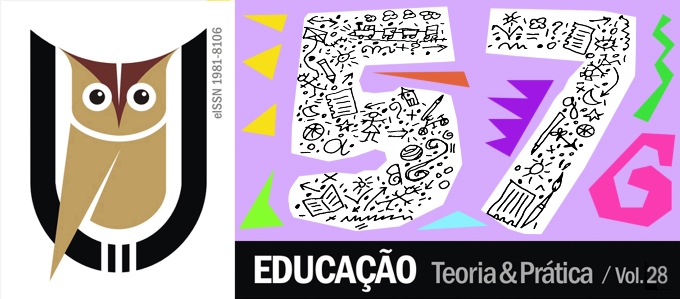DROPOUT IN HIGHER EDUCATION: THEORICAL MODELS, EMPIRICAL EVIDENCES AND INTERVENTION MEASURES
DOI:
https://doi.org/10.18675/1981-8106.vol28.n57.p05-22Keywords:
Ensino Superior. Abandono. Desvinculação. Adaptação académica.Abstract
Considering that the students profiles are constantly changing over time and depending on the institutions, the dropout concept must necessarily be updated to reflect its reality. The raise of students in Higher Education, the increase of mobility possibilities within and between institutions, as well as the possibilities of re-entry, make the meaning of dropout more complex. Referring to the description of the phenomenon, it is important to distinguish the dropout from stopout, when students do a halt time in the formation, and optout, when students decide to change their course or institution to complete their formation. This article clarifies the meaning of dropout in its various forms of occurrence and implications, differentiating the dropout in the current state-situation, the dropout as an event, and the dropout as a process. The theoretical models underlying the phenomenon are described in their differentiation and complementarity, highlighting the valued factors and their empirical evidences. The article finishes by pointing out some lines of action by Higher Education Institutions to reduce the dropping out frequency and impact of their students. Keywords: Higher Education. Dropout. Disengagement. Academic Adaptation.Published
How to Cite
Issue
Section
License
Authors who publish in this journal agree to the following terms:
a) Authors assign copyright to the journal, with the work simultaneously licensed under the Creative Commons Attribution License that allows sharing of the work with acknowledgment of authorship and publication in this journal.
b) The policy adopted by the Editorial Committee is to assign copyright only after a period of 30 months from the date of publication of the article. After this time, authors interested in publishing the same text in another work must send a letter to the Editorial Committee requesting the release of the assignment of copyright and wait for a response.
c) This journal provides public access to all its content, since this allows greater visibility and reach of published articles and reviews. For more information on this approach, visit the Public Knowledge Project, a project that developed this system to improve the academic and public quality of research, by distributing OJS as well as other software to support the public access publication system to academic sources. The names and email addresses on this website will be used exclusively for the purposes of the journal and will not be available for other purposes. This journal provides open any other party  This work is licensed under a Creative Commons License
This work is licensed under a Creative Commons License











